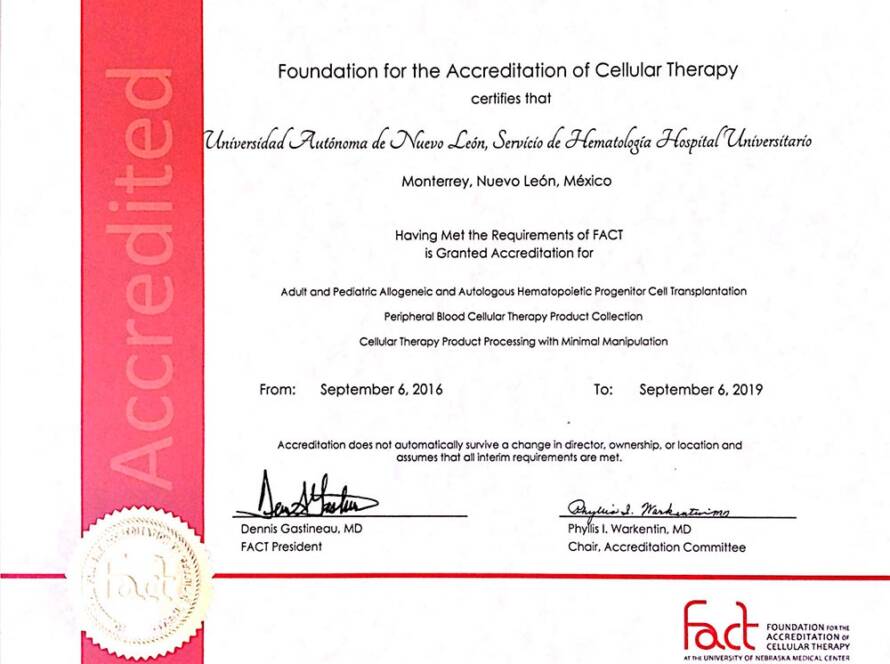A research protocol of the Hematology Service of the University Hospital in which stem cells are treated with children with autism spectrum could change the course of their disorder.
“The struggle of the parents and the patient is great, we can all do our bit,” says the hematologist Consuelo Mancias, commemorating the World Day of Autism Awareness today.
The study, which began in 2011, was based on research done right there with children with cerebral palsy, which in its first phase obtained encouraging results since the children showed motor and cognitive improvements.
The researchers extract the stem cells from the patient’s bone marrow, treat them in the laboratory and inject them into the spinal cord to reach the brain.
Nancy Martínez, mother of Patricio Sotelo, identified with an autism spectrum disorder, approached the Hematology Service to ask about the treatment.
Her case opened the doors to start this study in which seven children from Mexico and other countries, between 5 and 15 years old, have participated. The protocol is explained on the clinicaltrials.gov site of the American health institutes.
Pato, now 11 years old, has been injected with stem cells twice, in 2011 and 2013.
After the first treatment, to say just one word he began to form sentences of up to four words began to show if he was happy or angry and increased his concentration. With the second, the boy socializes more, dances, remembers names, makes better descriptions of what he had or where he went and expresses his wishes.
Alejandro Sotelo, Pato’s father, clarifies that they are aware that this is not a cure and that there are behaviors on the autism spectrum that have not changed.
“The repetitive behaviors of echolalia, of stress, continue, but the part of concentration, of communication, has improved.”
Mancías explains that before starting the treatment, one month after having started it, and then every six months, he evaluates that both patients improve with specialized scales.
“We think that part of these stem cells performs several activities: how to push the brain to produce more neurons that can help the brain,” he explains.
“Produce glia cells, without which the brain does not work properly, produce neurosecretory substances, such as dopamine, noradrenaline, serotonin, missing in patients with this type of disease, and substances called cytosines.”
TESTIMONY
‘He has been the engine to help’ – Susana Valle
Pepe, my son, about to turn 27 years old, is a hopeful testimony for the care he has received since he was a child when we were given the not very encouraging diagnosis of autism spectrum.
We talked to him and he did not turn around, he covered his ears when he heard loud noises, he did tantrums; I had no eye contact and I had repetitive behaviors like turning the stroller wheel turned upside down for a long time.
All these years I dedicated myself to give him communication and language therapy. I would sit with him so he would at least turn to see me and, little by little, get a minute of attention.
Pepe has been in treatment therapies and schools where he has come a long way. Now he attends Centro Ocupacional Dones, where he works in painting, handicrafts and cooking workshops.
He has been the engine that drives me to help more and more families; first, being a founder of Arena with other moms; Autism board member, A.B.P., and director of Dones.
Increasing cases
– In 2008, 1 in 88 children had an autism spectrum disorder (ASD), while in 2010 it is estimated that it is 1 in 68 children.
– It is not clear if the increase is due to a broader definition of ASD and the best efforts in its diagnosis. However, a true increase in the number of people with the disorder is not ruled out.
– Edna Rhodes, director of Aprendde Instituto, believes that this situation is a public health crisis to which more attention should be paid in Mexico.
Read the original Spanish article from
https://www.elnorte.com/aplicaciones/articulo/default.aspx?id=192294


